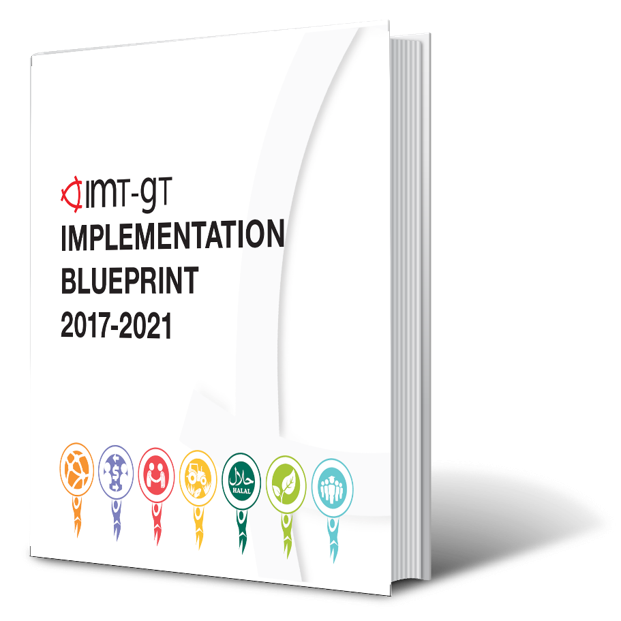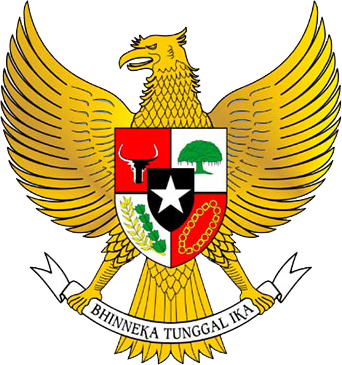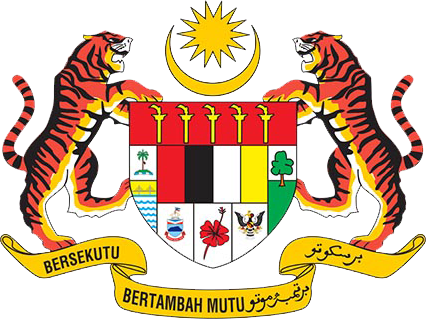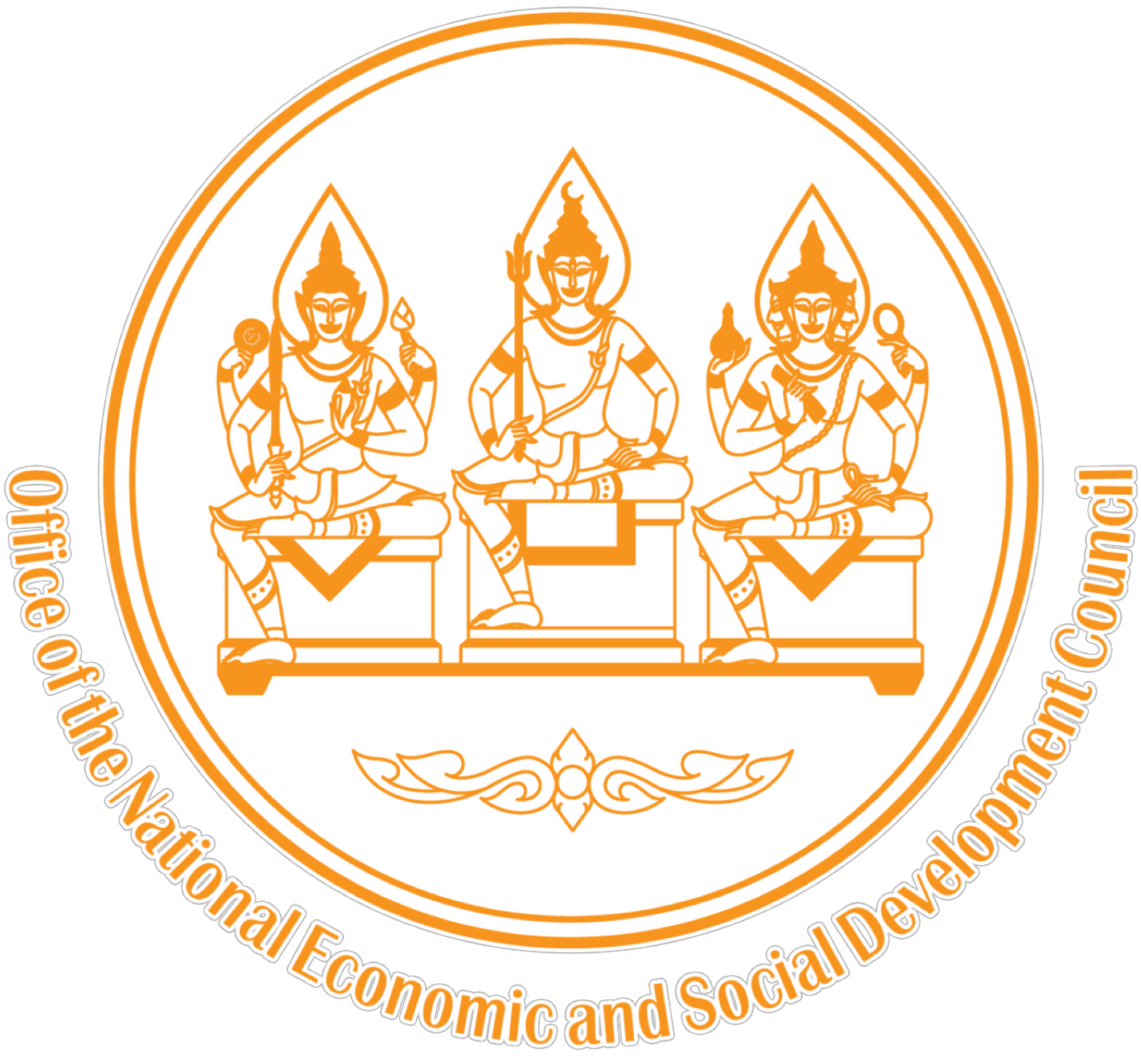
Implementation Blueprint 2017 2021
The Indonesia-Malaysia-Thailand Growth Triangle (IMT-GT) Implementation Blueprint (IB) 2017-2021 contains the first batch of five-year strategies towards implementing the new long-term vision for IMT-GT, i.e., IMT-GT Vision 2036 (Vision 2036).
Adopting the Vision 2036 Guiding Framework
Being an integral part of Vision 2036, IB 2017-2021 shares the same Guiding Framework as the former.
Vision and goals
IMT-GT’s vision is to be an integrated, innovative, inclusive and sustainable subregion by 2036. To realise the vision, IMT-GT will strive to deliver three priority subregional goals:- Sustainable, inclusive and innovative agriculture sector;
- Competitive, innovative and advanced industrial base; and
- Sustainable, inclusive and competitive cross-border tourism.
Objectives
As a first step towards achieving these 20-year goals, IB 2017-2021 sets out seven key priority objectives:- Real GDP increases to US$ 299 billion from US$ 215 billion in 2014
- GDP per capita increases to US$ 16,974 (2015: US$ 13,844)
- Intra-IMT-GT trade increases to 11.5 percent of total IMT trade (2015: 9.2 percent)
- Average annual FDI inflows to IMT-GT increase to US$ 11 billion (2011-2015: US$ 8 billion per annum (5-year average))
- Average annual international visitor arrivals increase to 52 million persons (2015: 39 million)
- IMT-GT Project Implementation Team and JBC implement a total 100 cross-border projects with direct MSMEs and social enterprises’ participation (i.e., 20 projects per year)
- At least 10 cities in IMT-GT implement Green City Action Plan (2016: 5 cities)




